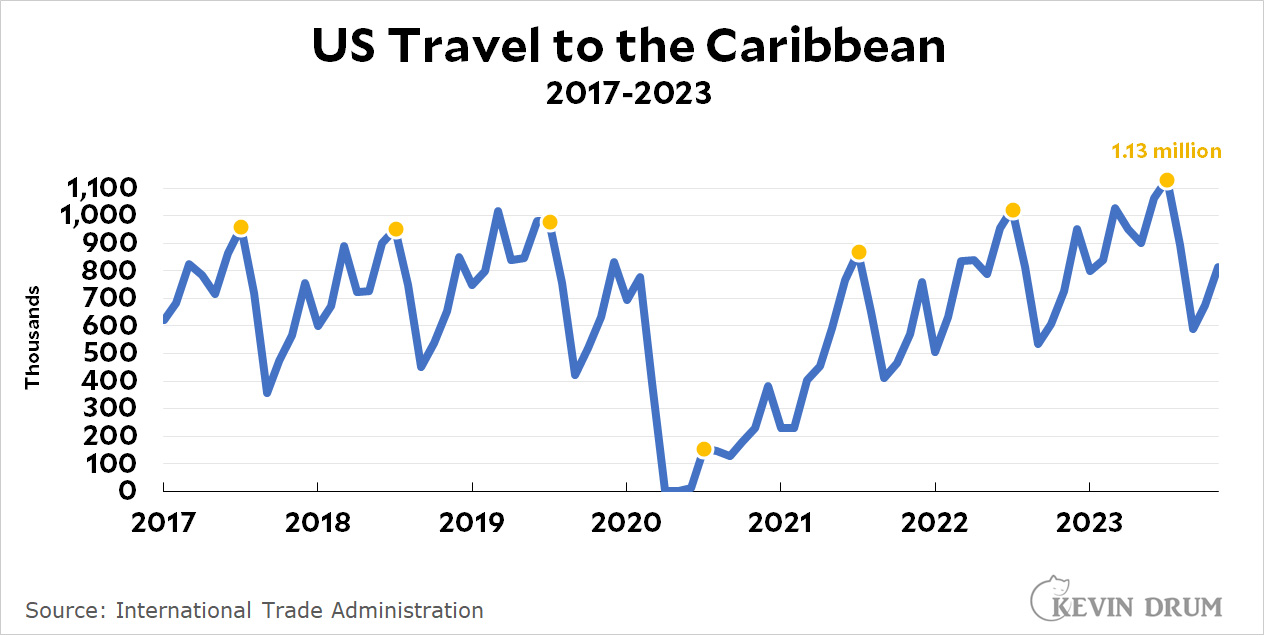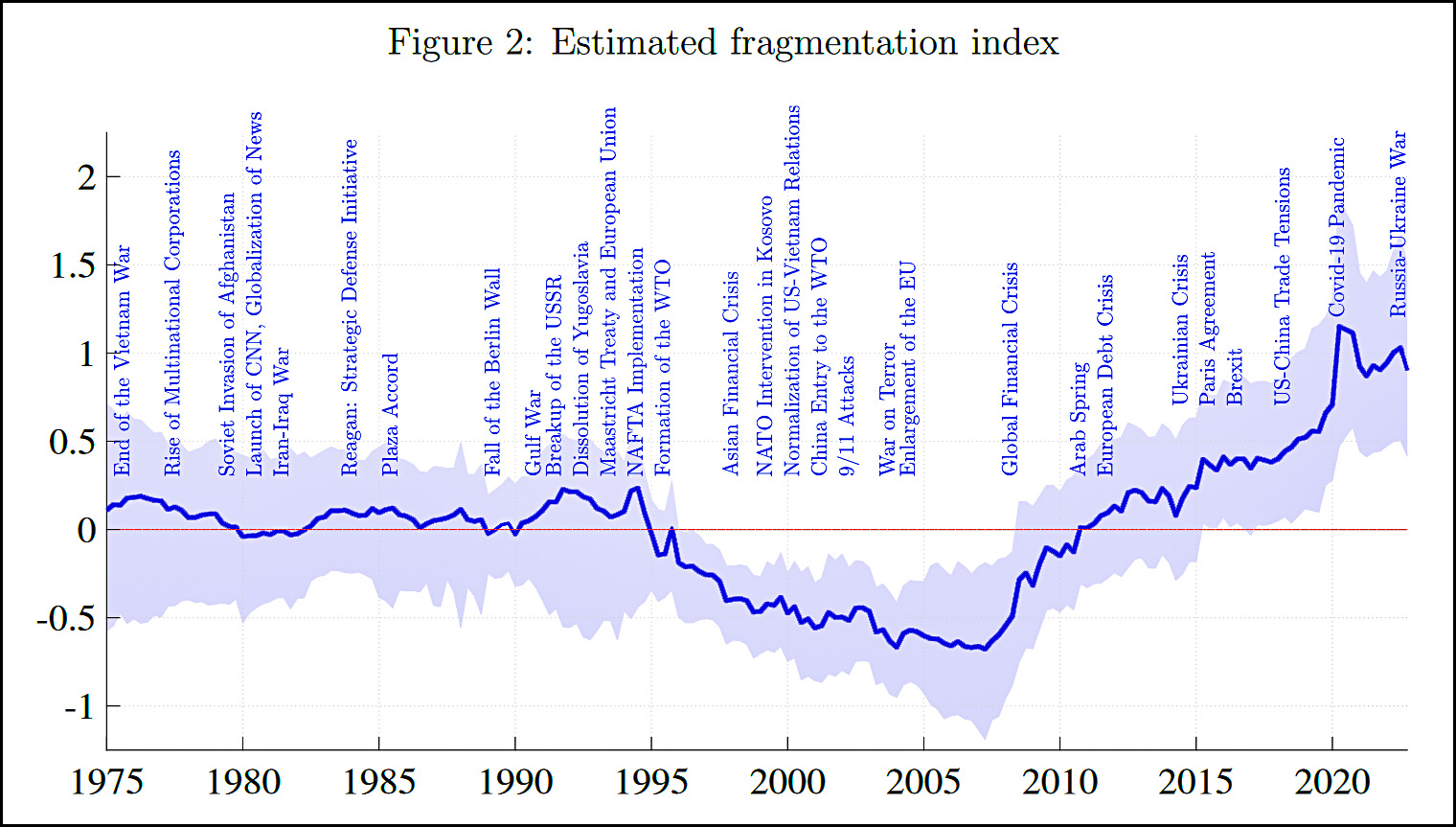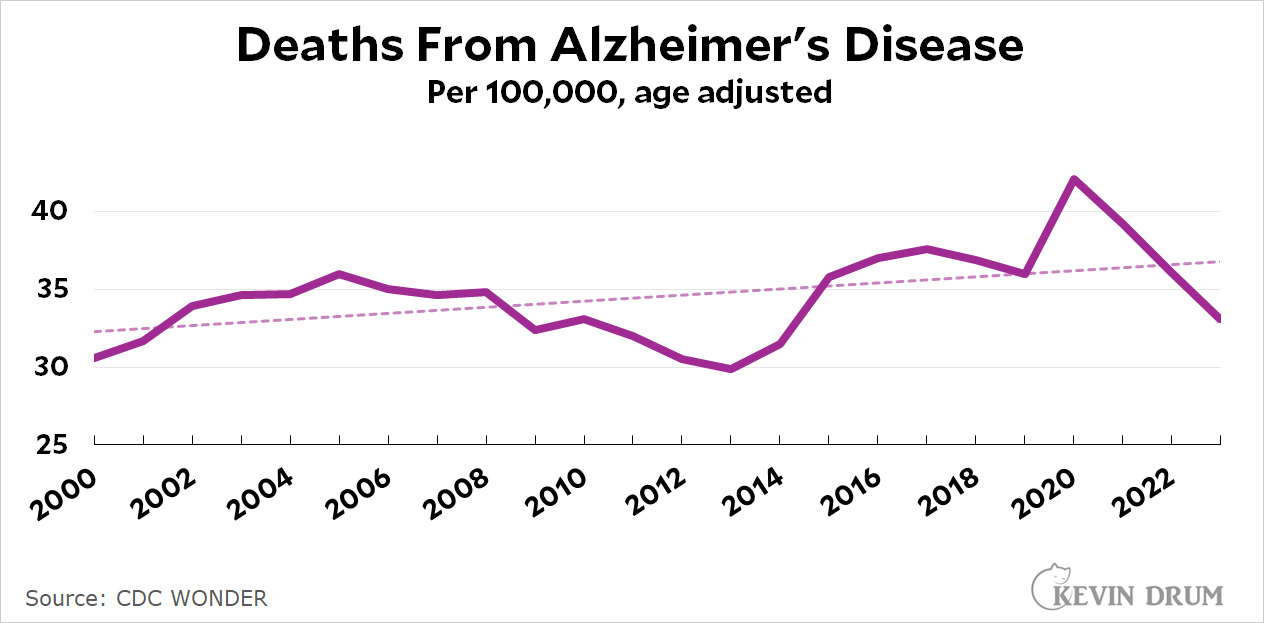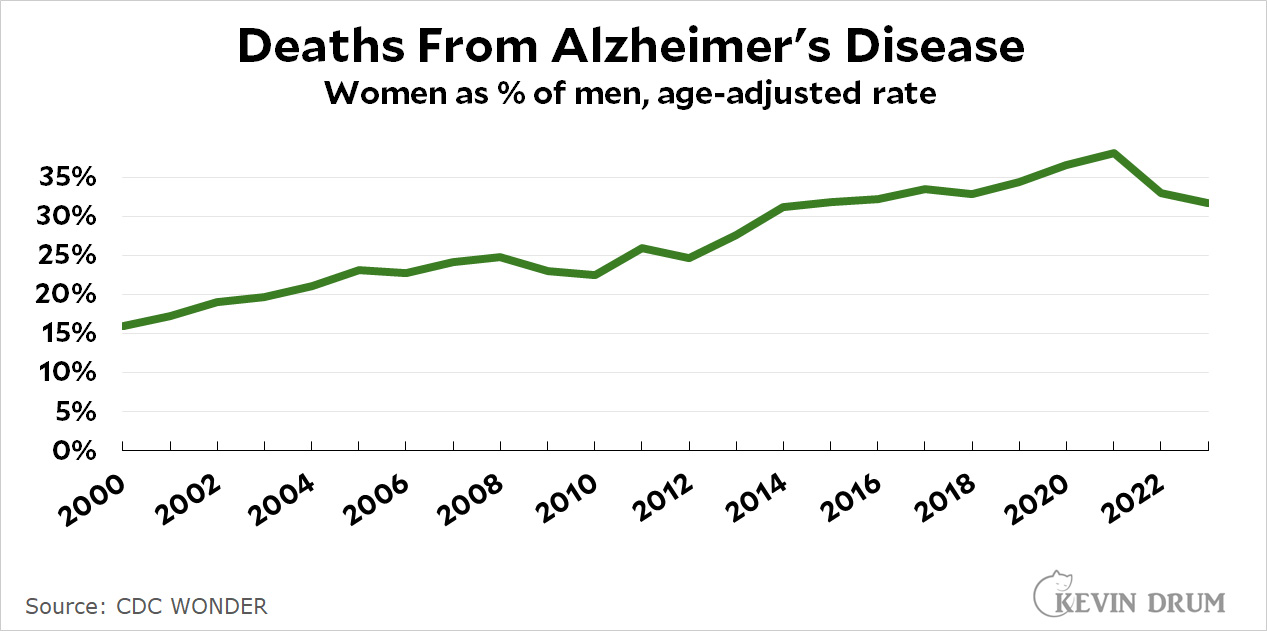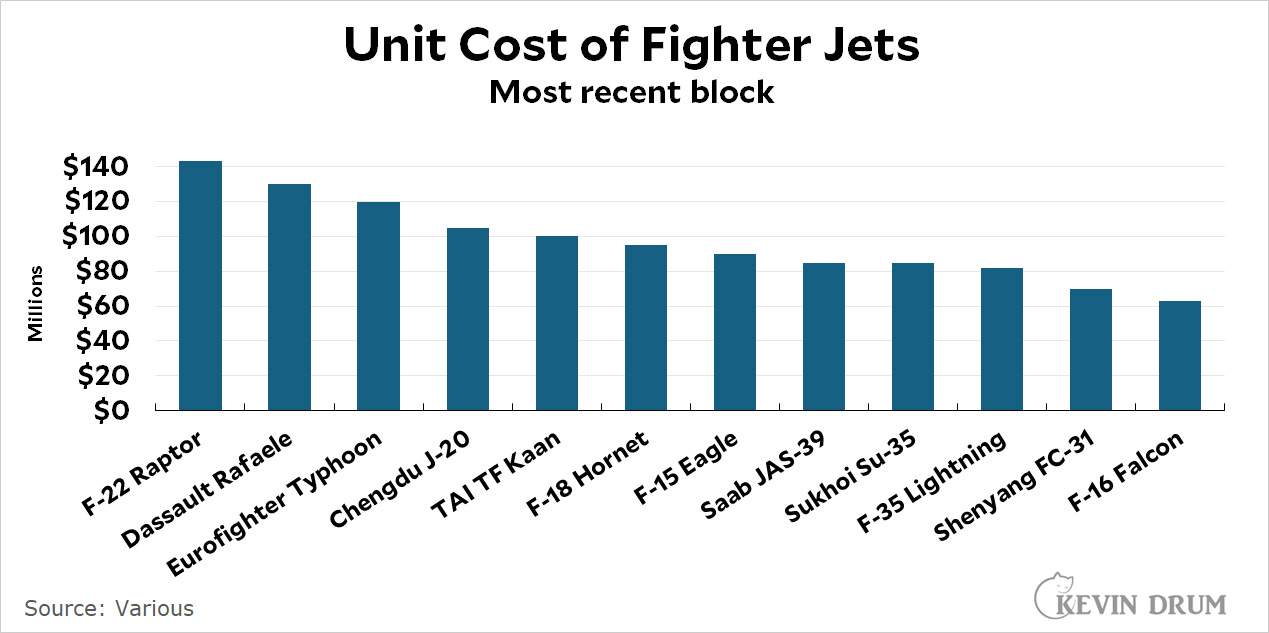I'm sitting in a waiting room with nothing better to do, so here's how Truth Social is doing:
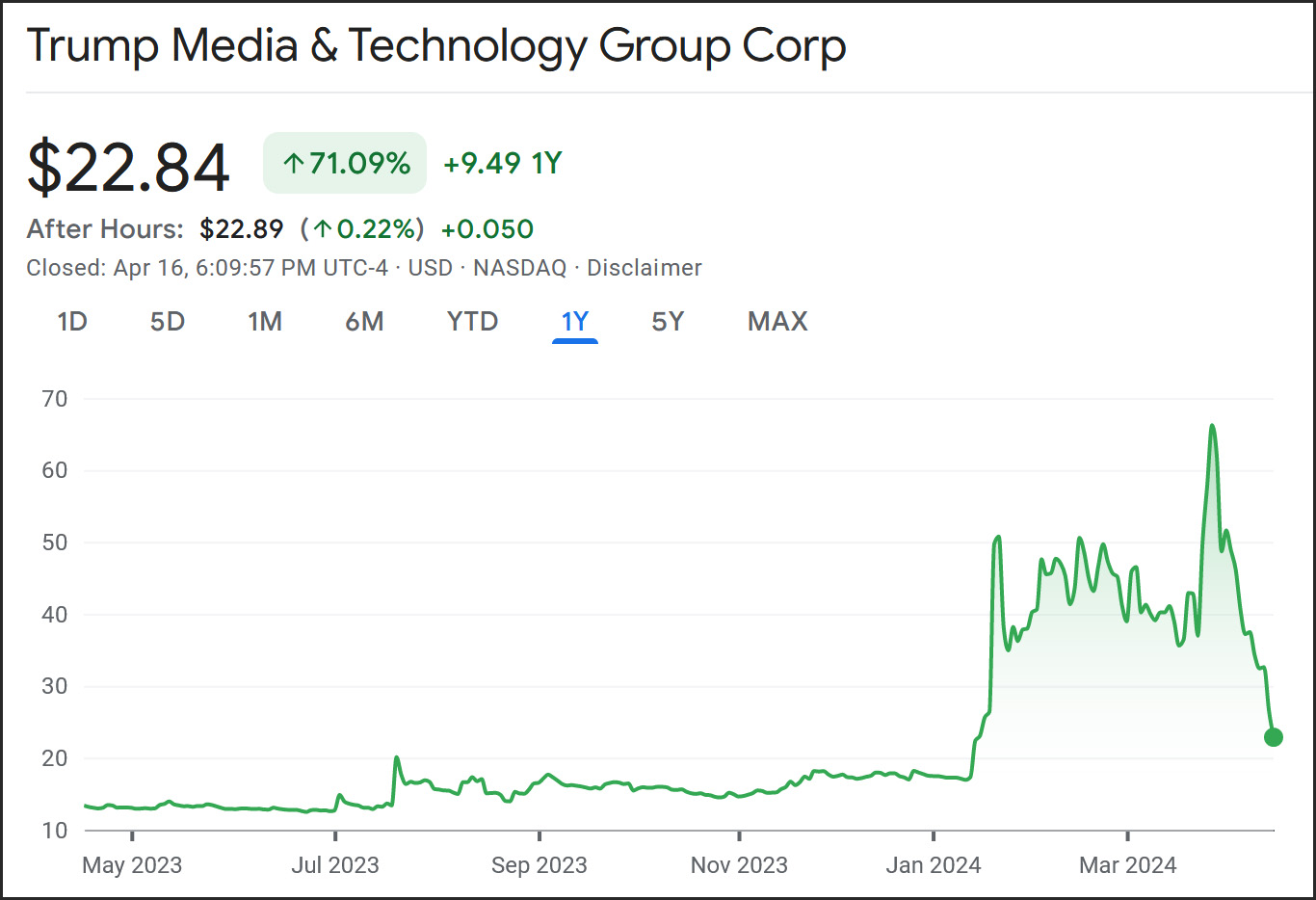 Keep in mind that the actual value of TMTG is about $2 plus the value of the Truth Social platform. In other words, about $2. Maybe $3-4 if we're being generous. In other words, it still has a ways to go before it hits bottom.
Keep in mind that the actual value of TMTG is about $2 plus the value of the Truth Social platform. In other words, about $2. Maybe $3-4 if we're being generous. In other words, it still has a ways to go before it hits bottom.
But the stock isn't plummeting just because people are figuring out it's a scam. It's also because of an announcement that management plans to sell more shares:
The filing describes a plan to offer more than 21.4 million shares of common stock, issuable “upon the exercise of warrants,” the filing shows. Stock warrants give their holder the ability to buy shares at a predetermined price within a certain time frame.
Trump Media predicted in the filing that it will receive “up to an aggregate of approximately $247.1 million from the exercise of the Warrants.”
The idea here is that holders of the warrants will exercise them to buy newly issued stock at $11.50 per share, which will net the company $247 million but dilute the value of all the existing shares. The warrant holders can then turn around and sell their 21 million shares on the open market at a profit. The warrants are held by ARC Global Investments, which is controlled by Patrick Orlando, who set up this whole deal until he was fired last year. He's currently suing Trump Media.
But that's not all! There's also this:
The company also seeks to offer the resale of up to 146.1 million shares of stock from “selling securityholders,” 114.8 million of which are held by Trump himself. Trump owns 78.8 million shares of the company, and stands to obtain 36 million “earnout shares” if the stock stays above a certain price for enough trading days.
I don't even know what this means. Some of Trump's earnout shares accrue if the stock stays above $12.50 for 20 days over the next 18 months, which is pretty certain. Others have different requirements. But what does it mean to offer them all for resale? Beats me.
In any case, this has all spooked shareholders, who had plenty of reason to be spooked already. I expect further declines.

